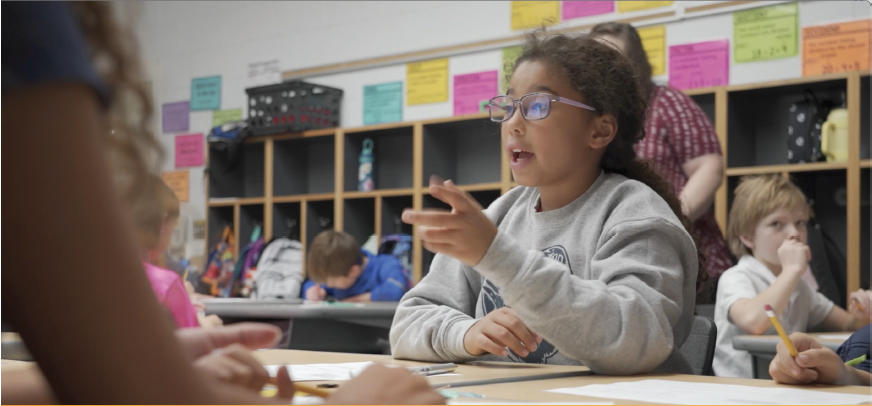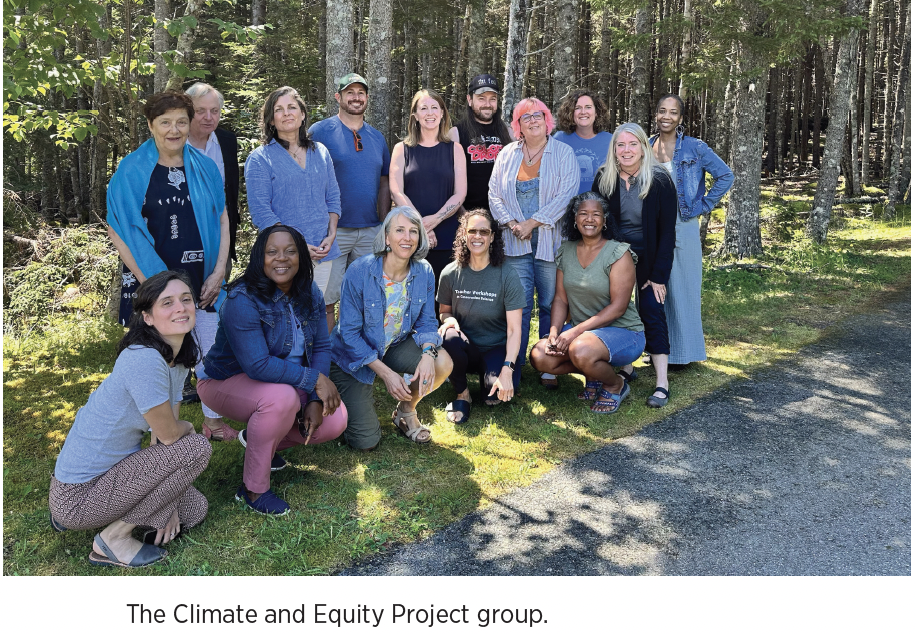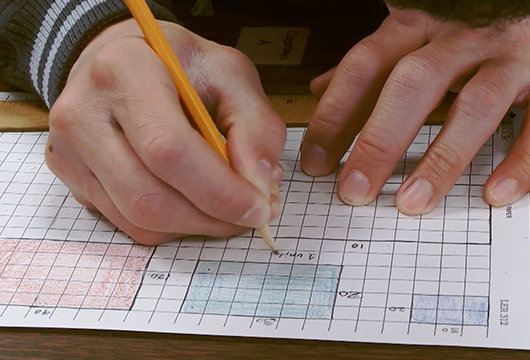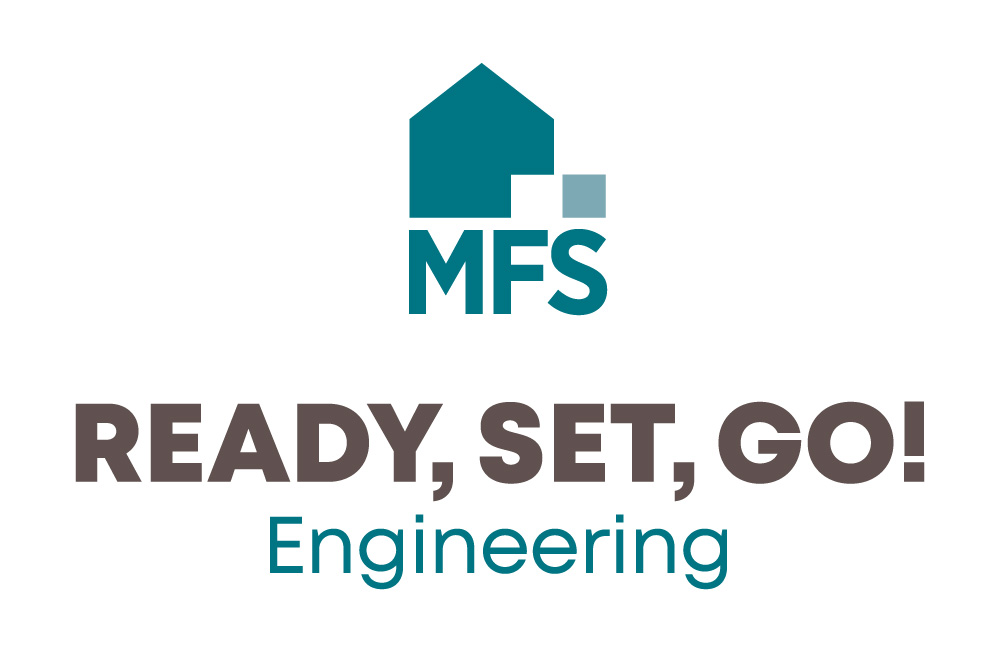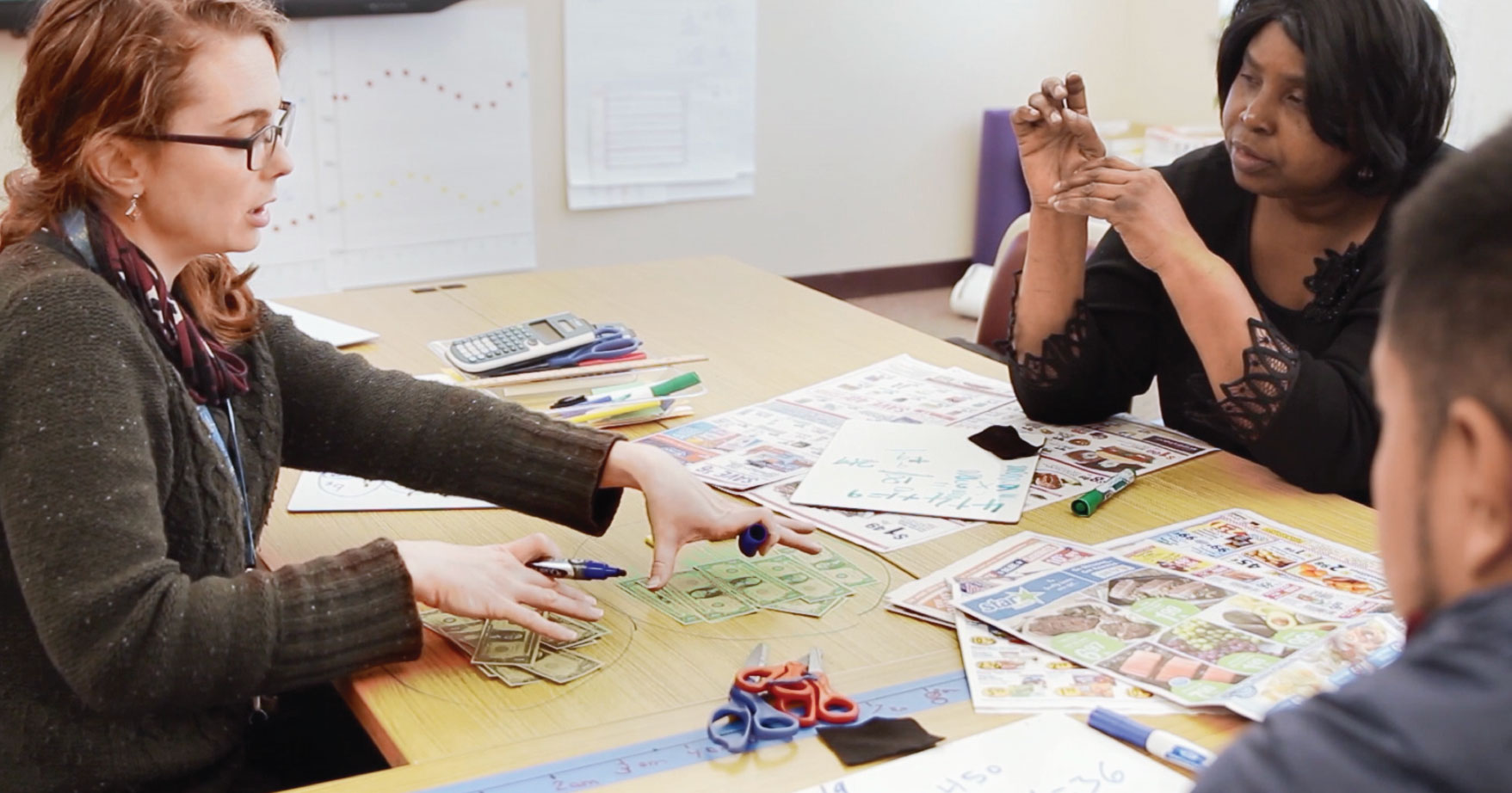TERC Blog
Emerging Lines of Work with Michael Cassidy
TERC staff have been central to the organization's 55+ years of success as a research and development nonprofit. As the landscape of STEM education continues to change, our talented staff have been adding to the diversity and range of our work. Their lines of work are shaping the field of STEM education and research.
In this exciting blog series, we introduce you to the brilliant and talented individuals who are making a mark in STEM education. They will not only share their passion for their work but also offer valuable insights into their journeys that have led them to where they are today.
Dr. Michael Cassidy is an experienced educator and researcher in STEM education. His work draws on experiences as a teacher and teacher educator. Michael's current work focuses on computational thinking, engineering education, robotics, and evaluation of mathematics and science intervention programs. Before joining SEEC (STEM Education Evaluation Center) at TERC, Michael was a middle and elementary school science and English language arts teacher in Mobile, AL, an instructor of pre-service middle grades teachers, and a supervisor of student teachers in urban and rural field placements at the University of Georgia. He is especially interested in teachers’ perspectives about their professional learning, the impact of STEM educational programs on learning opportunities, particularly for members of underrepresented groups, and application of computational thinking across content areas.
Teaching and Supporting Teachers
My work draws from personal experiences as an elementary and middle school teacher as well as a teacher educator. From these experiences, project goals revolve around: (1) supporting teachers to best address their students within the context of their environment, (2) integrating different disciplines and disciplinary practices into curriculum, and (3) ensuring teachers and students have access to technological tools in formal education settings.
Supporting teachers is central to my research because I was a teacher and noticed our needs for more contextual professional development (PD). I remember being told by school and district leaders to attend specific PD sessions. Often, I felt what I was learning would have no impact on my students in my classroom. Many of my colleagues had similar experiences. To put simply, we thought teachers had no agency. In fact, in Zepeda’s (2018) book, I wrote a chapter about how incoherent professional learning has become during standards-based reform. The chapter begins with a scenario about teachers joking in a teacher lounge and how they are being sent to a PD that they see no value in. Their discussion and the rest of the chapter highlights how district and school priorities are often misaligned with teachers’ goals and needs which leads to poor PD experiences and classroom implementation.
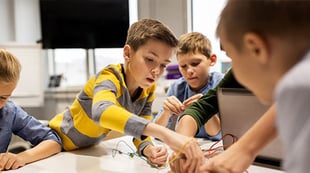
Therefore, our team works to provide opportunities for teachers to voluntarily attend PD sessions that enable them time to create or adapt units that best fit their classroom. For example, in the Robots in Science project, middle school physical science teachers examine their existing units to integrate robotics to create scientific models that address science and engineering standards, and computational thinking practices. Computational thinking has a wide range of definitions (e.g., Grover & Pea, 2013; Shute et al., 2017; Weintrop et al., 2016; Wing, 2006), however, we mainly focus on abstraction, pattern recognition, decomposition, data practices, systems thinking, and algorithmic thinking (Dong et al., 2019; Tucker-Raymond et al., 2021). Students applied their knowledge of Newton’s laws, light waves, and molecular structures through robotic models.
Connections
Finding ways to integrate disciplines and disciplinary practices is imperative for our research because as one teacher stated, “subjects don’t exist in a bubble” (Cassidy & Puttick, 2021, p. 5). When discussing integration, we try to find synergies or connections between disciplines and practices. For example, in the BioRobots project, students analyzed animals’ structures and functions to accomplish different tasks (e.g., digging), then used inspiration from the animal to design and build a robotic model. There are connections between the structure and function of the animal analysis and the robotic model to integrate science and engineering practices. Additionally, computational thinking was integrated. Specifically, we believe abstraction is a key component to integrate disciplines and technological tools as students have to make abstract ideas more concreate.
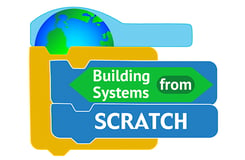
Education technological tools are widely implemented in schools across the country. Using different technologies can be overwhelming. The lack of knowledge on how to use some tools can be a barrier for teachers to use them in the classrooms. We try to lower the barrier through pedagogy and using technological tools that are evidence based to enhance student learning. During PD, we discuss creating a constructionist and participatory learning environment. Participatory practices encourage structures of distributed expertise because responsibility for knowledge does not reside with the teacher alone, but among all participants, and positions learners as producers of knowledge by emphasizing their intellectual resources, allowing all to assume central roles in creating and communicating knowledge (Cassidy et al, 2020; Kafai & Peppler, 2011). Participatory cultures democratize content creation, rely on distributed expertise, focus on skills rather than abilities, and flatten traditional hierarchical classroom structures (Halverson, 2009; Jenkins & Ito, 2015). For example, in the Building Systems from Scratch project, teachers were able to admit to their students that they did not have the answers or know more about Scratch than them. One teacher explained,
“So I told the kids and was so up front with them: ‘you can call me over ... and I can consult you and I can think aloud, but you really have to help solve it with X, Y, and Z.’ And every time I kept saying it, they would grow from that, and I would grow from that and watch”
— (Tucker-Raymond et al., 2021, p. 7).
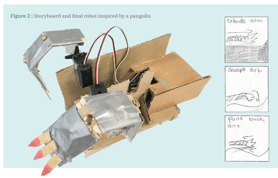 Emerging Projects
Emerging Projects
Based on our goals and prior experiences, some projects have recently emerged.
Project ExIST, an NSF DRK-12 project, is designing, testing, and refining a PD model that supports teachers to: (1) understand biological systems, game design, and participatory practices, (2) adapt existing biology systems lessons to integrate game design to help advance students’ knowledge of biology and develop systems thinking skills, (3) create participatory cultures in their classrooms.
Biomimicry as an Authentic Anchor project, an NSF DRK-12 project, is developing a PD intervention that supports teachers to plan and adapt, according to local needs and context, curriculum materials that are both cohesive and modular, and effectively use the materials to enact integrated science and engineering lessons.
Moving forward, our team will continue to work with teachers and students to best support their needs and goals.
Acknowledgments
I would like to acknowledge my colleagues Debra Bernstein, Gilly Puttick, Karen Mutch-Jones, Santiago Gasca, Jennifer Cross, Kristen Wendell, Ethan Danahy, Casper Harteveld, Giovanni Toriano, and Eli Tucker-Raymond as well as all the amazing teachers we work with on these projects.
References
Cassidy, M.P. (2018). The impact of incoherent professional learning during standards-based reform. In S.J. Zepeda (Ed.), Making learning job-embedded: Cases from the field of instructional leadership. Lanham, MD: Rowman & Littlefield.
Cassidy, M., Tucker-Raymond, E., & Puttick, G. (2020). Distributing expertise to integrate computational thinking practices. Science Scope, 43(7), 18-21.
Cassidy, M., & Puttick, G. (2021). “Because subjects don’t exist in a bubble”: Middle school teachers enacting an interdisciplinary curriculum. Journal of Science Education and Technology.
Dong, Y., Catete, V., Jocius, R., Lytle, N., Barnes, T., Albert, J., ... & Andrews, A. (2019, February). PRADA: A practical model for integrating computational thinking in K-12 education. In Proceedings of the 50th ACM technical symposium on computer science education (pp. 906-912).
Grover, S., & Pea, R. (2013). Computational thinking in K–12: A review of the state of the field. Educational researcher, 42(1), 38-43.
Halverson, E. R. (2009). Shifting learning goals: from competent tool use to participatory media spaces in the emergent design process. Cultural Studies of Science Education, 4, 67-76.
Jenkins, H., & Ito, M. (2015). Participatory culture in a networked era: A conversation on youth, learning, commerce, and politics. John Wiley & Sons.
Kafai, Y. B., & Peppler, K. A. (2011). Youth, technology, and DIY: Developing participatory competencies in creative media production. Review of research in education, 35(1), 89-119.
Shute, V. J., Sun, C., & Asbell-Clarke, J. (2017). Demystifying computational thinking. Educational research review, 22, 142-158.
Tucker-Raymond, E., Cassidy, M., & Puttick, G. (2021) Science teachers’ implementations of distributed expertise to introduce computational thinking in game deign. Computers & Education.
Weintrop, D., Beheshti, E., Horn, M., Orton, K., Jona, K., Trouille, L., & Wilensky, U. (2016). Defining computational thinking for mathematics and science classrooms. Journal of science education and technology, 25, 127-147.
Wing, J. M. (2006). Computational thinking. Communications of the ACM, 49(3), 33-35.
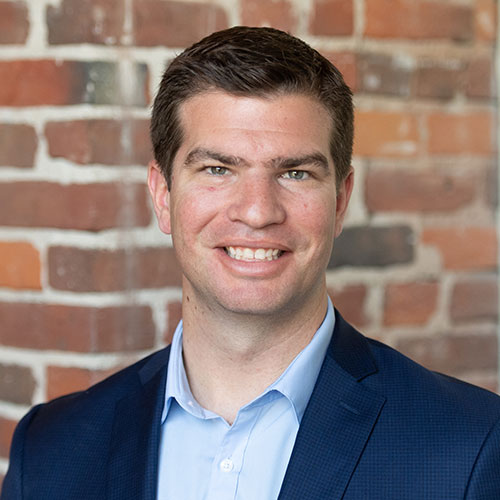
Michael Cassidy






